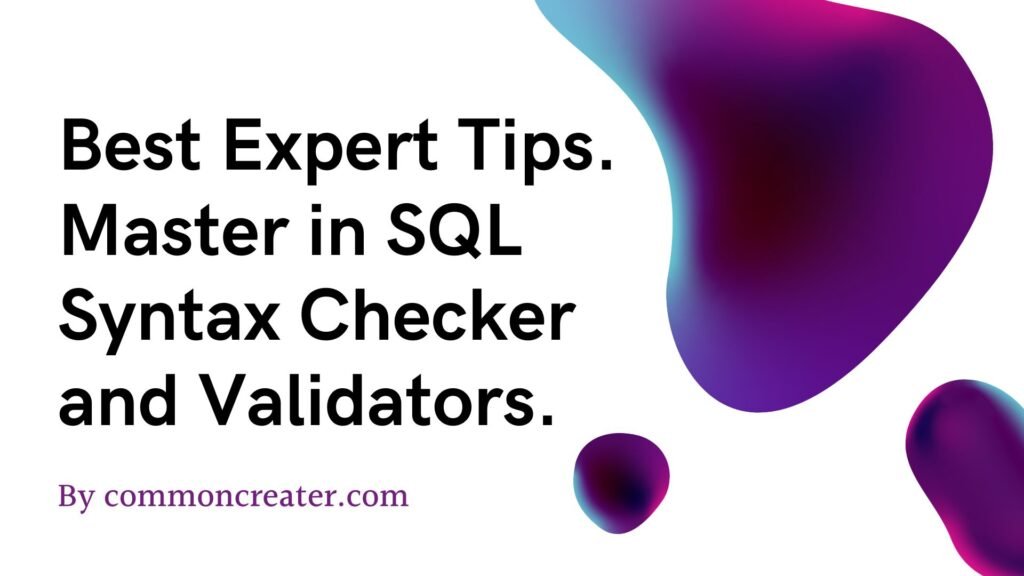By establishing relationships between datasets, SQL joins facilitate the extraction of valuable insights and support complex querying operations. In this guide, we will explore the fundamentals of SQL joins, their types, syntax, and practical examples to illuminate their significance in database operations.
An Overview of SQL Joins: At its essence, a SQL join is a method to retrieve data from two or more tables based on related columns between them. These relationships are typically defined using primary and foreign key constraints, which serve as the foundation for establishing connections across datasets.
Syntax of SQL Joins:
SELECT columns
FROM table1
JOIN table2 ON table1.column = table2.column;
Practical Examples:
Let’s consider a scenario where we have two tables: employees and departments. To retrieve information about employees and their corresponding departments using an INNER JOIN, we can execute the following SQL query:
SELECT employees.*, departments.department_name
FROM employees
INNER JOIN departments ON employees.department_id = departments.department_id;
SQL Join Types:
There are several types of SQL joins, each serving a distinct purpose:
1. INNER JOIN:
2. LEFT JOIN (or LEFT OUTER JOIN):
3. RIGHT JOIN (or RIGHT OUTER JOIN):
4. FULL JOIN (or FULL OUTER JOIN):
5. CROSS JOIN:
6. SELF JOIN:
Each type of SQL join has its own purpose and is suitable for different scenarios, allowing for flexible data retrieval and analysis based on specific requirements. Now we shall explore each one briefly as below:
INNER JOIN:
Definition. It returns rows that have matching values in both tables based on the join condition.
Use Case. It retrieves records where there are matching values in both tables.
Syntax of Inner Join
SELECT columns
FROM table1
INNER JOIN table2 ON table1.column = table2.column;
Suppose you have two tables: employees and departments. The employees table contains information about employees, including their ID, name, and department ID. The departments table contains information about departments, including their ID and name.
Example of Inner Join
SELECT e.name AS employee_name, d.name AS department_name
FROM employees AS e
INNER JOIN departments AS d ON e.department_id = d.id;
LEFT JOIN (or LEFT OUTER JOIN):
Definition. Returns all rows from the left table and matching rows from the right table. If there’s no match, NULL values are included for columns from the right table.
Use Case. Retrieve all records from the left table, with corresponding data from the right table where available.
Syntax of Left Join
SELECT columns
FROM table1
LEFT JOIN table2 ON table1.column = table2.column;
RIGHT JOIN (or RIGHT OUTER JOIN):
Definition: Returns all rows from the right table and matching rows from the left table. If there’s no match, NULL values are included for columns from the left table.
Use Case: Retrieve all records from the right table, with corresponding data from the left table where available.
Syntax of Right Join
SELECT columns
FROM table1
RIGHT JOIN table2 ON table1.column = table2.column;
FULL JOIN (or FULL OUTER JOIN):
Definition: Returns all rows when there’s a match in either the left or right table. If there’s no match, NULL values are included for columns from the table without a match.
Use Case: Retrieve all records from both tables, including unmatched rows.
Syntax of Full Join
SELECT columns
FROM table1
FULL JOIN table2 ON table1.column = table2.column;
CROSS JOIN
Definition: Returns the Cartesian product of both tables, meaning every row from the first table is combined with every row from the second table.
Use Case: Useful for generating combinations of all rows from two tables.
Syntax of Cross Join
SELECT columns
FROM table1
FULL JOIN table2 ON table1.column = table2.column;
Conclusion:
Understanding the different types of SQL joins and their respective syntax empowers users to effectively manipulate and analyze data stored across multiple tables in relational databases. By selecting the appropriate join type based on the desired outcome, database professionals can derive valuable insights and make informed decisions in various data-driven scenarios.











